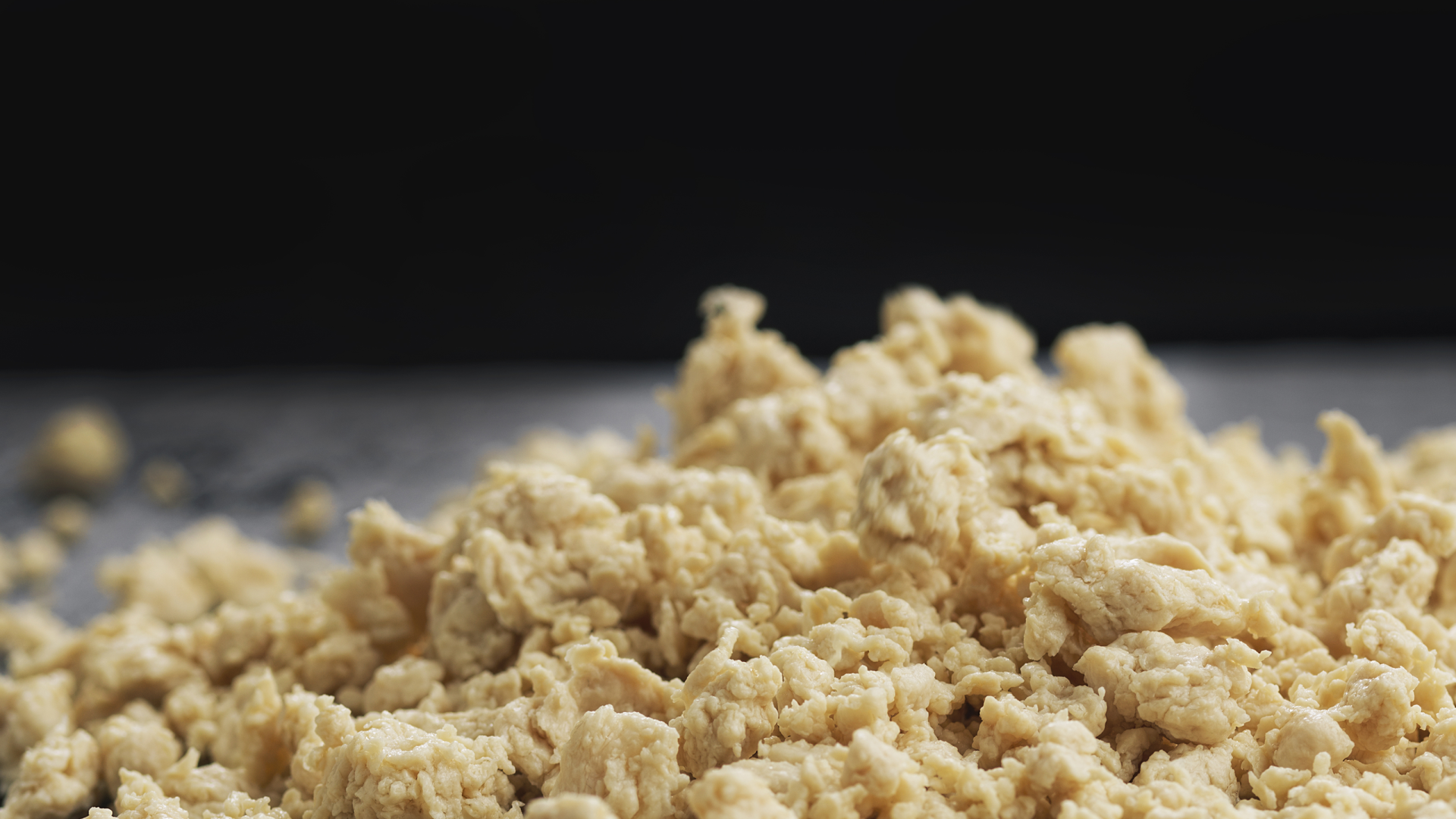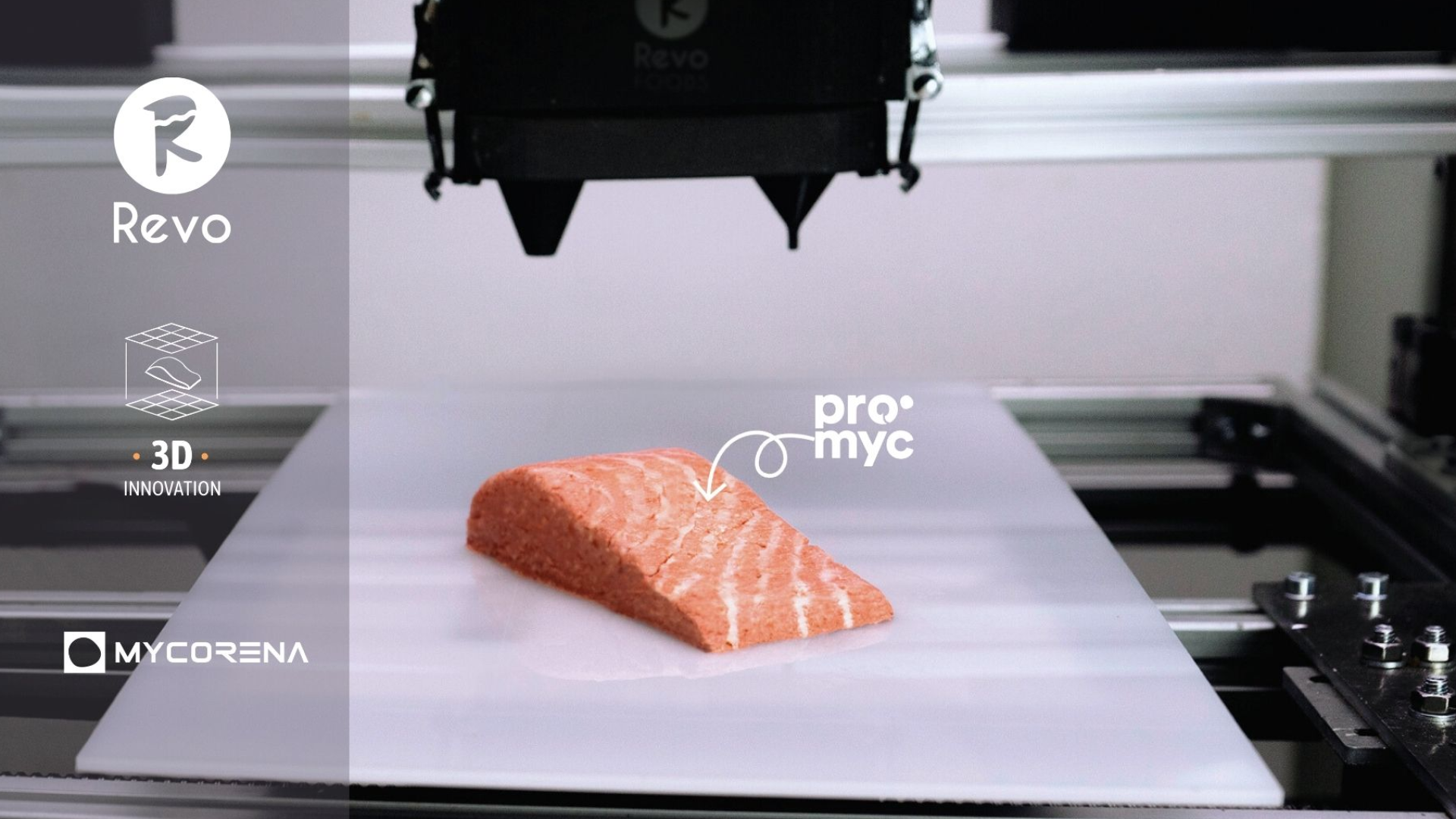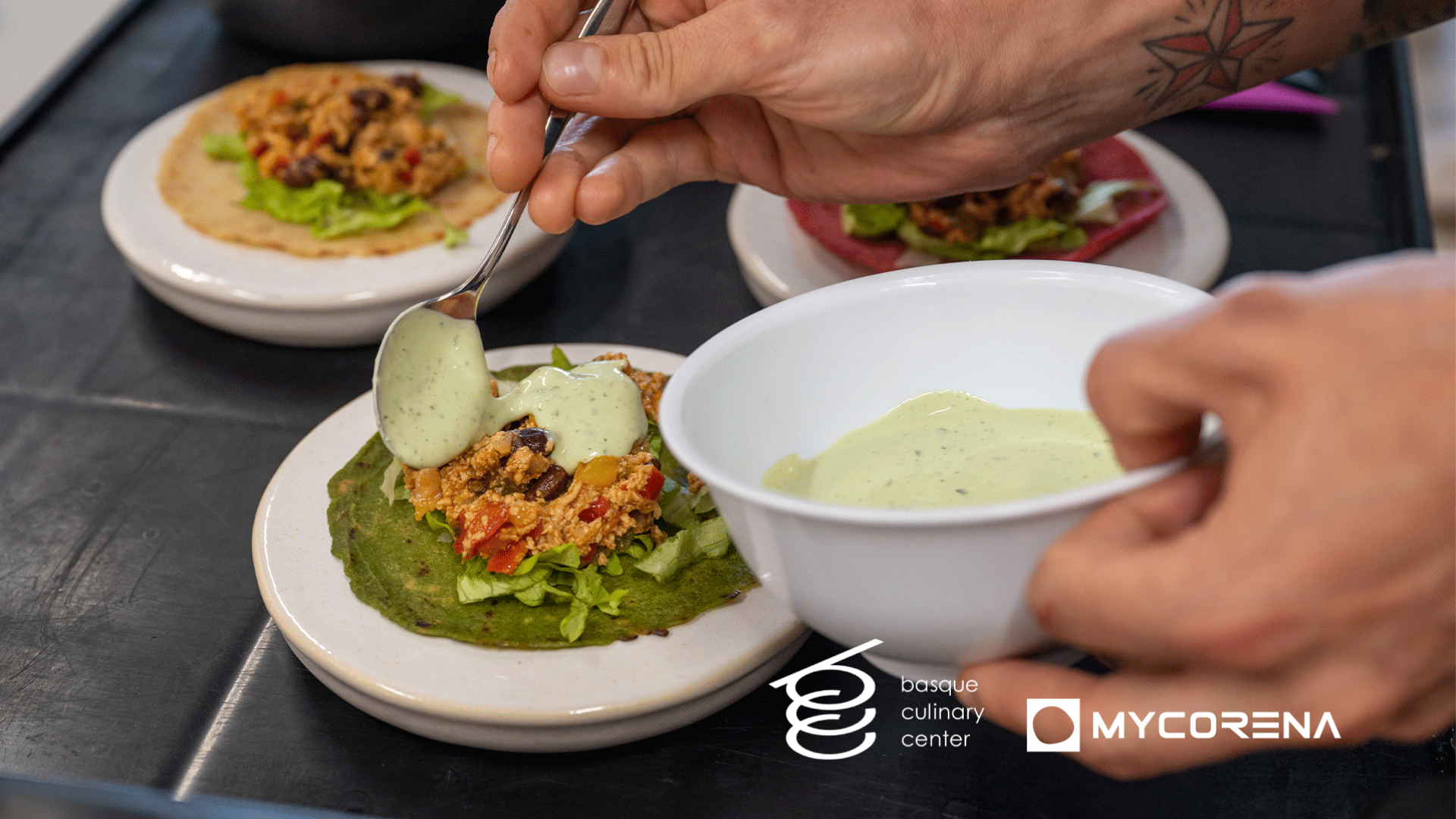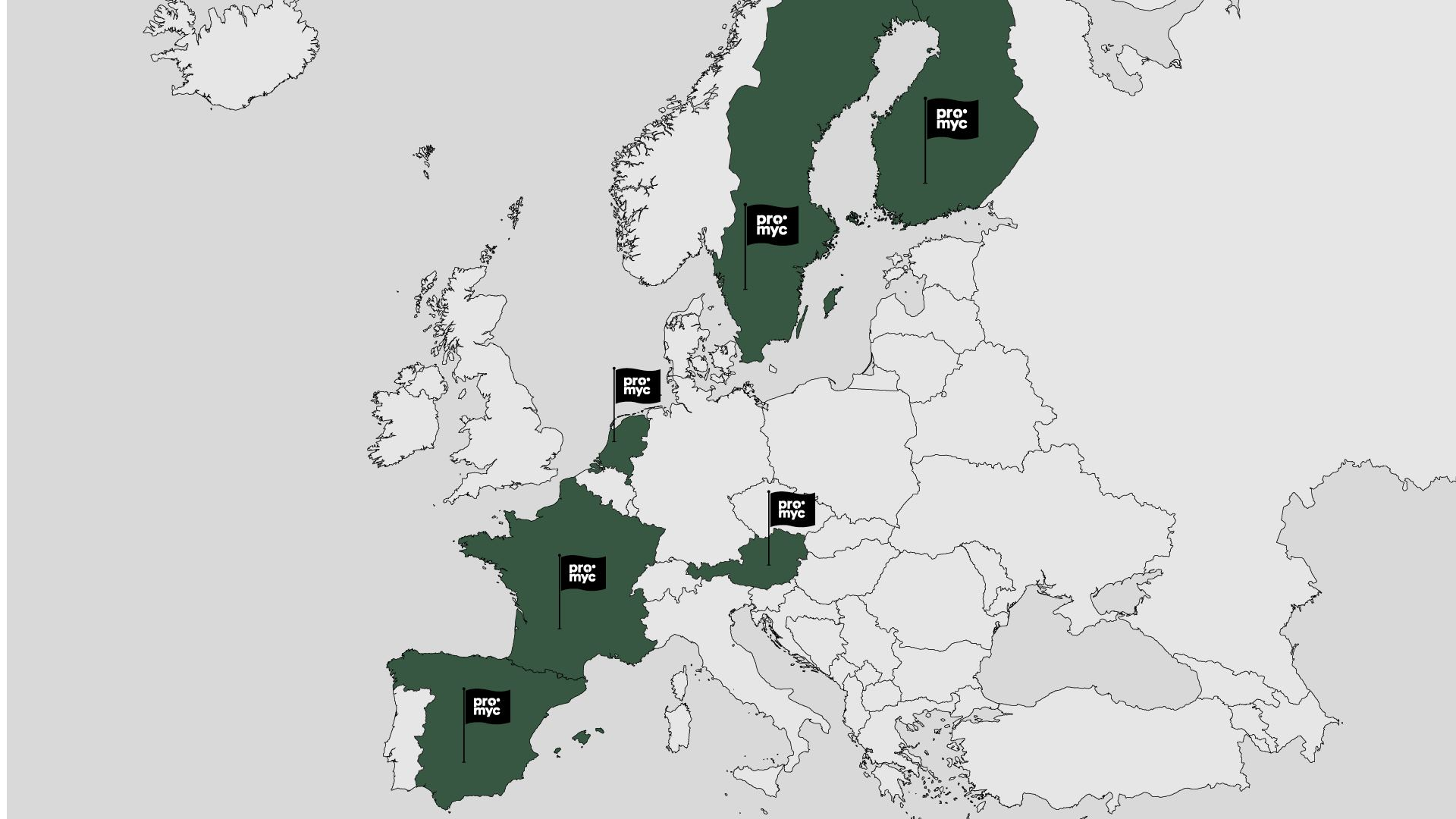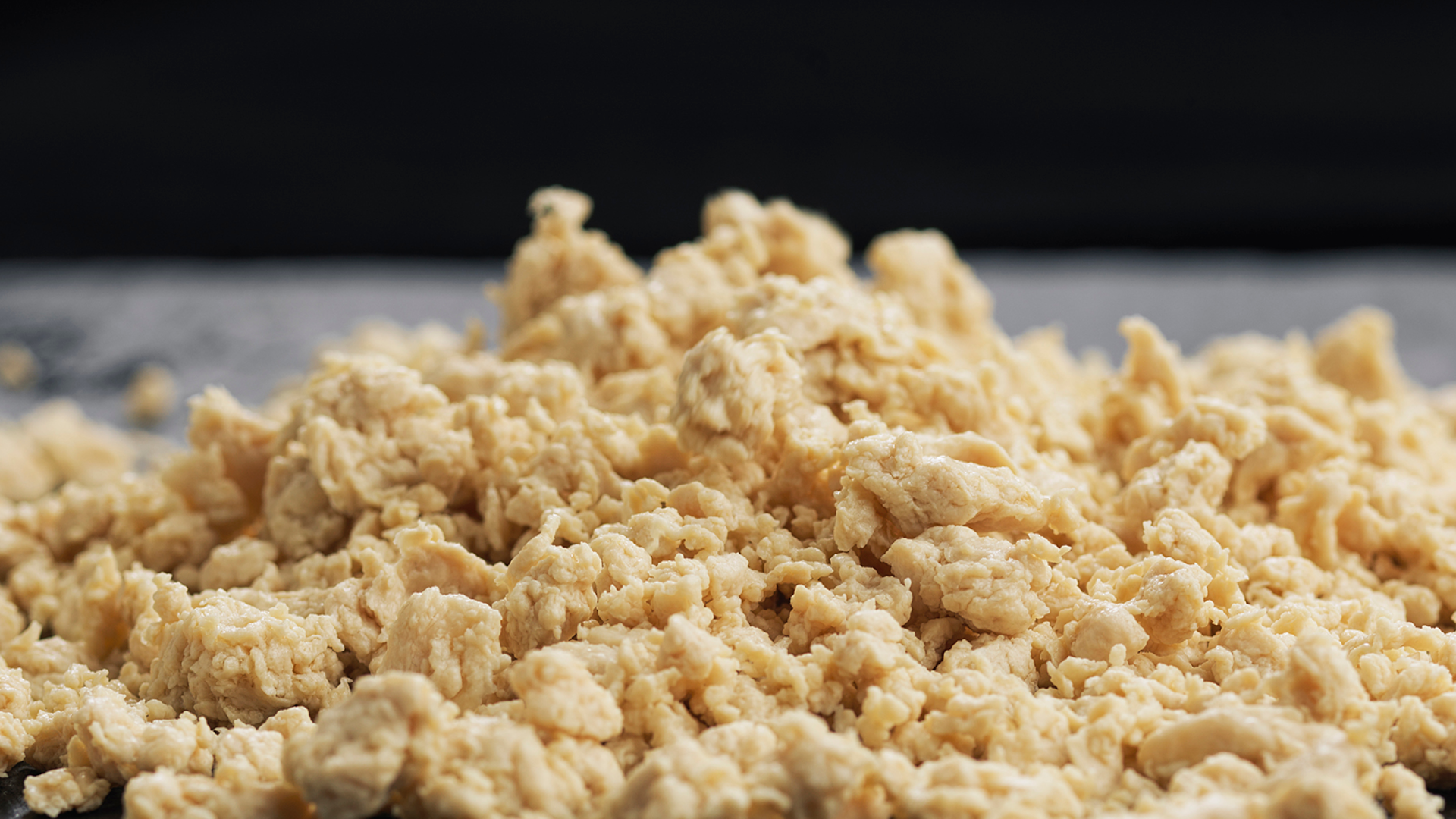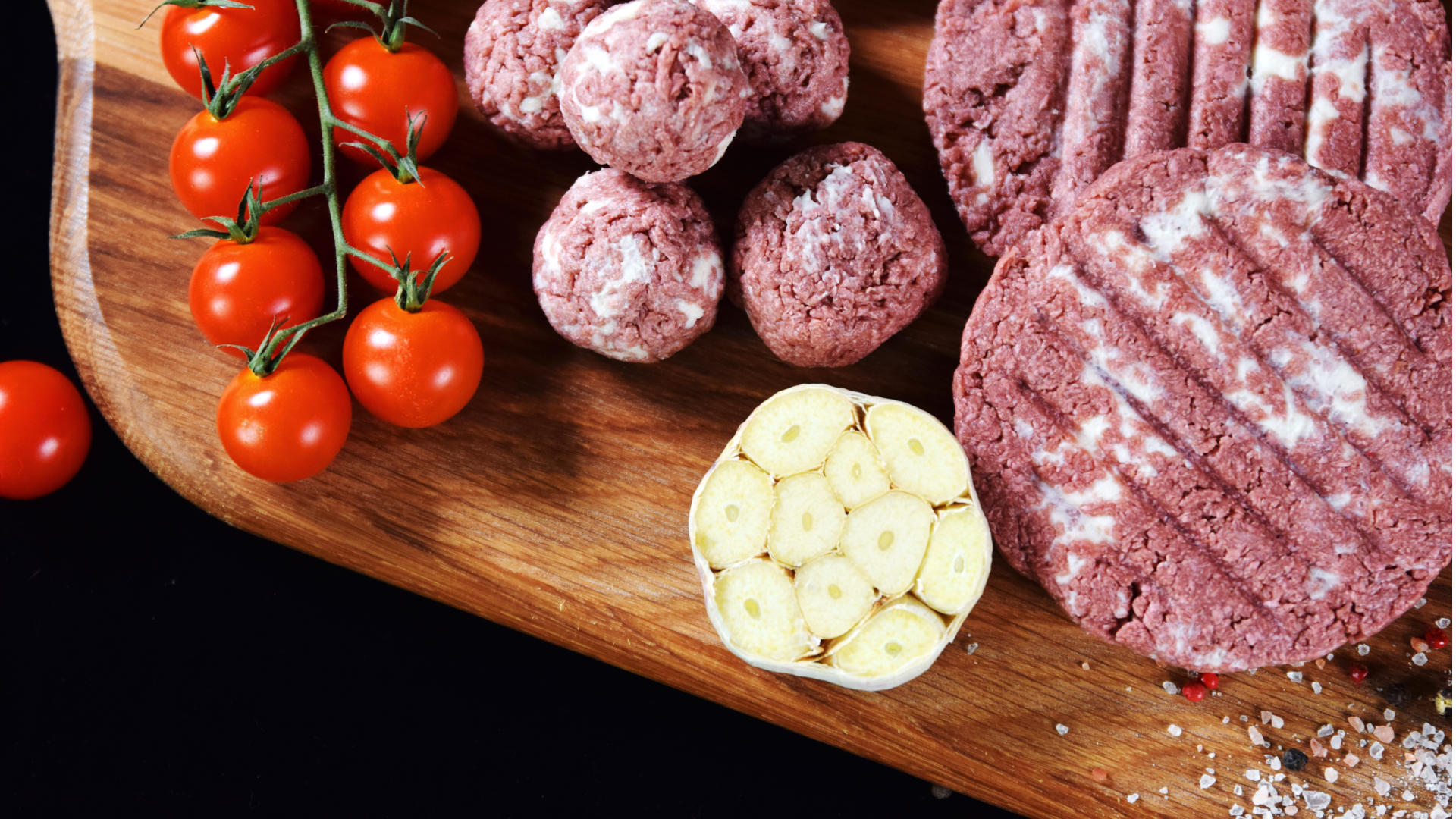Burgers made from fungi, nuggets made without chicken, have you come across these products yet? They have actually been around for a long time. This article will provide some insight into the so-called “50-year overnight success” of mycoprotein as a food ingredient.
We are living in times where humanity is racing to reach sustainability goals to combat climate change. The food industry has a major responsibility when it comes to finding sustainable alternatives and influencing our current diets. Finding smart and efficient solutions to feeding the world's fast-growing population has been a focus of food technology for many years now. Reducing emissions of food production, which is responsible for roughly 30% of the global greenhouse gas emissions, has become a global challenge. Our food production processes need a sustainable solution, and mycoprotein plays an important role in achieving that.
Mycelium has many forms in nature
Let’s find out how fungi made it into our food and onto our plates.
Mycoprotein’s journey began in the 1960s. At the time, Europe had just recovered their food production and Asia was struggling to reach pre-WWII food production levels. There was a lack of protein-rich food sources, which served as a motivator to starting to develop mycoprotein. Lord Rank was chairman of a group of companies called Rank Hovis McDougall (RHM) which was a major producer of cereal, thus producing a lot of starch as a by-product. Lord Rank thought that this by-product could be useful. So, together with a group of scientists at RHM, inspired by the “green revolution” they started a search for an organism that could convert starch into protein, with greater efficiency than meat production. The initial investigation was conducted on a wheat field belonging to RHM, the main criteria were to isolate an organism that was able to utilize starch as the sole source of carbon.
This search yielded a strain of Penicillium, but the strain was proven unfit for the needs after it was shown to be lacking the capacity for growth in continuous culture. However, the search didn’t end there. It was followed by a worldwide search in 1967 to find an organism that satisfied the criteria of being safe to eat, rich in protein, and palatable. Over 3000 soil samples were investigated, and 20 fungal species were selected for animal feed trials. This search led to the discovery of Fusarium venenatum (initially misidentified as Fusarium graminearum). This organism became the powerhouse of protein production and beat all other contestants with regards to meeting all the criteria.
After initial research periods and satisfying discoveries, it was now time to get the new product approved for human consumption and mass production. Between the years of 1970 to 1980 an investigation was conducted to determine the safety of the species as a source of food. Some strains were observed to produce toxins and were excluded, narrowing the search down to one strain of Fusarium venenatum (ATCC PTA-2684).
Further studies were also conducted in both humans and animals into the effects consumption of mycoprotein has on the immune system. Results of these studies were compiled and submitted to the United Kingdom’s ministries of Agriculture, Fisheries and Food in 1983, and mycoprotein was officially approved for sale in the UK in 1985.
The first product to hit the shelves, under the brand name of Quorn, was a savoury pie launched by J Sainsbury. Since then, the USA's mycoprotein market is now estimated to be near 149.6 million USD, with China forecast to reach 167.7 million USD, and worldwide is estimated to reach 500 million USD by 2027.
Mycorena’s mycoprotein product - Promyc
Although Quorn may have been the first mycoprotein product to make to the shelves, it certainly won’t be the last. With the increased interest in alternative protein sources, mycoprotein based companies are showing up in different corners of the world, offering new revolutionary solutions to many different issues. For example, the company MycoTechnologies developed a flavour enhancer that blocks the bitter receptors on the tongue so that artificial sweeteners lose their unpleasant aftertaste. The flavour enhancer is said to now be used in over 100 beverages around the world.
Here at Mycorena, we have a slight approach. Rather than selling a finished product directly to the customers, we instead provide mycoprotein to companies that want to develop their own products but don’t have the means to produce their own mycoprotein.
Fungi were here long before humanity and now have the spotlight in sustainable food production. So, it would seem they are indeed here to stay!
Author:
Igor Matyas, M.Sc
R&D Intern
Sources’╝Ü
1. Ahmad MI, Farooq S, Alhamoud Y, Li C, Zhang H. A review on mycoprotein: History, nutritional composition, production methods, and health benefits. Trends Food Sci Technol. 2022;121(October 2021):14-29. doi:10.1016/j.tifs.2022.01.027
2. Finnigan TJA, Wall BT, Wilde PJ, Stephens FB, Taylor SL, Freedman MR. Mycoprotein: The Future of Nutritious Nonmeat Protein, a Symposium Review. Curr Dev Nutr. 2019;3(6):1-5. doi:10.1093/cdn/nzz021
3. Forget Impossible, the fungi renaissance is here | WIRED UK. https://www.wired.co.uk/article/fungi-protein-meat. Accessed February 21, 2022.
